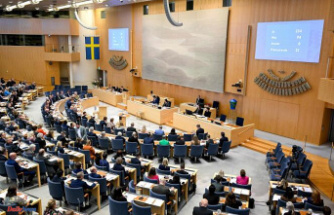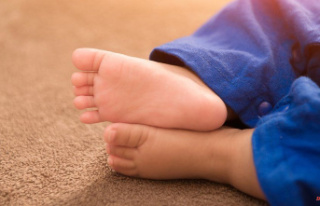This week marks the tenth year of the first large survey of microbial diversity within the human body. Published in Nature by Human Microbiome Project Consortium (HMP), I was a member.
Microbiologists had known for a long time that the body was home to many microorganisms. This mix of bacteria, viruses, and archaea spread over the skin and into the gut. They were collectively called the microbiome. However, until 2012 we didn't have an inventory.
This inventory, which includes a total of 10 trillion cells from thousands of species and weighing 200 grams each, is incomplete. It is time to build upon the early work (Human Microbiome Project Consortium Nature 486 207-214, 2012) and to revamp the project to reflect humanity's complexity.
It took many years to start that early work. The pace of change in the past ten year has been amazing. The HMP was only possible after high-throughput gene sequencing technologies, first used to study the human genome, became affordable and simple enough to use.
The consortium sequenced DNA of microbes from 242 individuals in 2 US cities, Boston, Massachusetts and Houston, Texas. They were chosen because they are close to two of the most important sequencing centres of the day, Baylor College of Medicine (Houston) and the Broad Institute of MIT (Harvard near Boston). The US National Institutes of Health funded our activities. After we generated the data, the project brought in academic microbiome bioinformaticians.
This was the first comprehensive catalog of the US's healthy microbiome, a complete list of genes found in the gut. HMP revealed that the gut's cellular organisms are made up of thousands of species with a genome 150 times larger than the human genome. This abundance eventually led biologists to consider the microbiome an environmental acquired'second DNA' that is hidden in the human host.
Ten years later, we now know so much more. The microbiome plays a crucial role in the health and functioning of our bodies. It is key to digestion and fighting off disease. Experiments with mice have shown that microbiome compositions can affect social engagement and anxiety. Different microbiomes are associated with common diseases like obesity and cardiovascular disease. It is becoming more clear how babies acquire their microbiomes and how this influences their development.
(Considering how important microbes are for our health, it is still amazing that so many functions are outsourced to the myriad organisms we get from our environment starting at birth.
There are many unanswered academic issues. The origins of the microbiome in human evolution are unclear. What makes humanity's microbiomes unique from other primates, mammals and animals? How does microbiome movement from one person to another? What does changing diets and living in a clean environment mean for the microbiome's long-term health?
Ten years ago, the first analysis, which used only two cities in the US, failed to capture the true diversity within the human microbiome. While we now know that North Americans and Europeans have more diverse microbiomes than those living in less industrialized areas, there is still not enough information about the differences between individuals.
Even less is known about the many other animals that contain multiples. It is clear that microbiomes from captive animals differ from those from wild animals in the same way that non-industrialized microbiomes are different. However, most of our knowledge about animal microbes is derived from studies on captive animals. We are losing animal diversity due to rapid global changes, and microbiome diversity is also declining.
A new group will be needed to collect samples from thousands of animals and people in order to learn more. With crews from all over the globe, we need microbiome and wildlife biologists working together. Ten years ago, sample acquisition was a new and challenging process. The process should now be led by sample acquisition from global sources.
You might wonder why we need a grand, expensive, new consortium when data are already coming in, one study at time, by individual laboratories. Industrialization is fast and the modern economic forces can destroy microbial diversity quicker than it can be observed.
Scientists would be able to complete the microbiome map with the help of a new consortium. It is similar to a human census. You don't wait for each town to report their population; you make one concerted effort to do it consistently, quickly, and before it changes.
An extensive new diversity analysis of humanity's own microbiome and the wider vertebrate microbiome will allow us to finally place our species' data within the context of the tree. Only then will we be able to truly add the label "human" to the microbiome.












